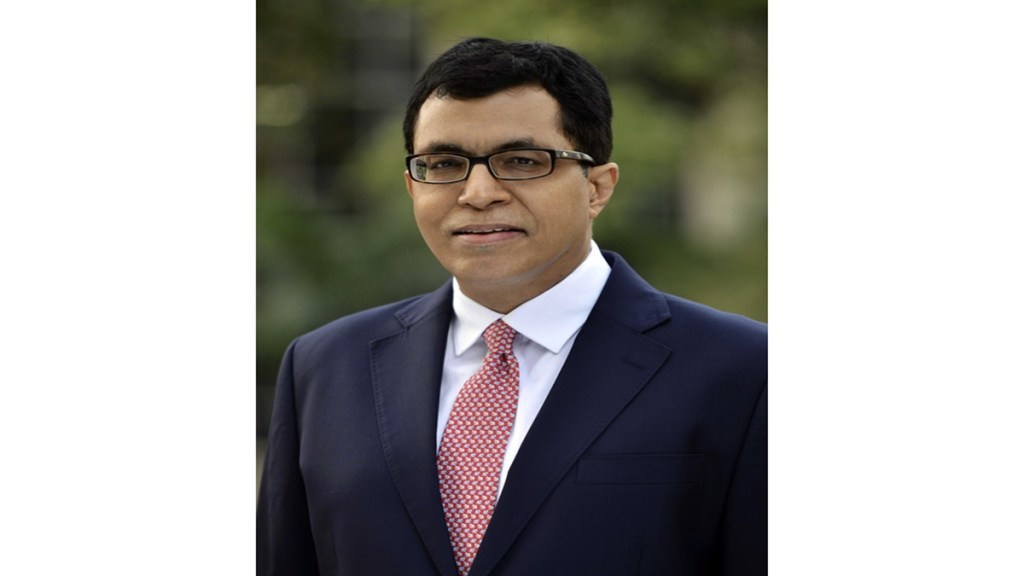India is no more on the radar for foreign investors despite its robust macroeconomic fundamentals, says Pratik Gupta, CEO and Co-head of Kotak Institutional Equities. “The mood is cautious. It’s not pessimism, but more a lack of enthusiasm,” adds Gupta, stating that high valuations have seen foreign portfolio investors (FPIs) go underweight on Indian equities. While domestic flows have remained resilient, FPIs have been rotating allocations toward markets like China, Korea and the US, where valuations and earnings momentum appear more attractive.
Valuations and tax regime deter foreign flows
India is among the top four worst performing market, underperforming to its global peers over the past year. In the last one year, until September 22, Nifty has lost 2%, behind Philippines (14.3%), Thailand (11.30%) and Malaysia (3.95%), the only other markets that have underperformed than India. The biggest gainers in the last one year among Asian markets have been Hong Kong (44%), China (40%), Korea (34%), Vietnam (29%) and Japan (21%).
Gupta attributes FPIs tempered sentiment to a combination of high valuations, modest near-term earnings growth and structural deterrents. “India is still trading at around 21 times one-year forward earnings on the Nifty,” he said, adding that Kotak Institutional Equities (KIE) research expects only 9% earnings growth in FY26. He also flagged India’s capital gains tax regime as a friction point, “India is one of the few countries that taxes FPIs on capital gains. In a low-return environment, that becomes a real issue,” Gupta explained, especially when combined with currency depreciation concerns.
Long-term story intact, domestic plays favoured
With the new Good & Service Tax (GST) reforms coming into effect from today, Gupta echoes the broader market view, “GST has helped formalise the economy, but it doesn’t move the needle on corporate capital expenditure.” Adding further that that capex revival hinges more on demand visibility, policy clarity and return on investment. “While GST is transformative for formalisation and compliance, is not a direct lever for triggering private sector capex,” points out Gupta adding that “Capex comes when companies see sustained demand and pricing power. GST alone doesn’t create that.” In his view, sectors like autos, real estate, and infrastructure may benefit indirectly from GST-led efficiencies, but the real trigger for capex lies in broader macro signals like interest rates, fiscal incentives, and regulatory stability.
This distinction is crucial for foreign investors evaluating India. “They are not looking at GST as a capex catalyst. They want to see earnings growth, policy continuity, and a clear runway for returns.” Despite this, Gupta remains a long-term India bull. “There’s no bigger believer in India than me,” he asserted, citing demographic strength, policy continuity, and macro stability. He expects foreign interest to revive once earnings growth reaccelerates, Kotak Research (KIE) projects 18% growth in FY27 and 14% in FY28. “The structural story is intact. It’s just a matter of timing,” he said.
His advice to investors is clear, lean into domestic economy plays and avoid globally linked sectors for now. “Stay away from IT and pharma. Focus on banks, NBFCs, autos, hospitals, hotels, diagnostics, and residential real estate,” says Gupta. He also favours large caps over mid and small caps, anticipating that foreign flows will return to more liquid, institutionally favoured names.
On alternative assets, Gupta is bullish on REITs as a defensive allocation. “In this environment, a 11–13% return is very good,” he said, highlighting REITs for their quality portfolios and stable yields. “REITs are a great asset class when equity outlook is subdued,” he added, noting that SEBI’s move to equate REITs with equities could further enhance their appeal.
